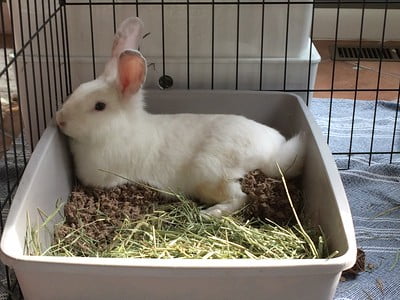Last Updated on February 20, 2023 by Marjon Ramos
Rabbits are able to protect themselves from predators by running away, using their heightened sense of smell, sharp eyes, heightened sense of hearing, sharp claws, teeth, hind legs, or hiding underground.
Rabbits, being prey animals, would always avoid a fight by using their instincts to determine how safe their current environment is. If they sensed any danger from their surroundings, they would immediately sprint at their top speed of up to 30 mph.
But sometimes, a faster predator would go after them, and they would be backed against the wall, fearing for their lives.
If a rabbit is backed into a corner, it won’t go down without a fight. Rabbits that are desperate to survive will use their sharp claws, bite with their strong jaws, and use their hind legs to kick off the predators.
Now that I’ve given you the gist of the article, read on as I explain in more detail how a rabbit would protect itself from predators:
Table of Contents
How Do Rabbits Protect Themselves From Predators?
Because rabbits are at the bottom of the food chain, they have developed several ways to prevent their demise. Here are the different defense mechanisms rabbits have against predators:
1. Running away.
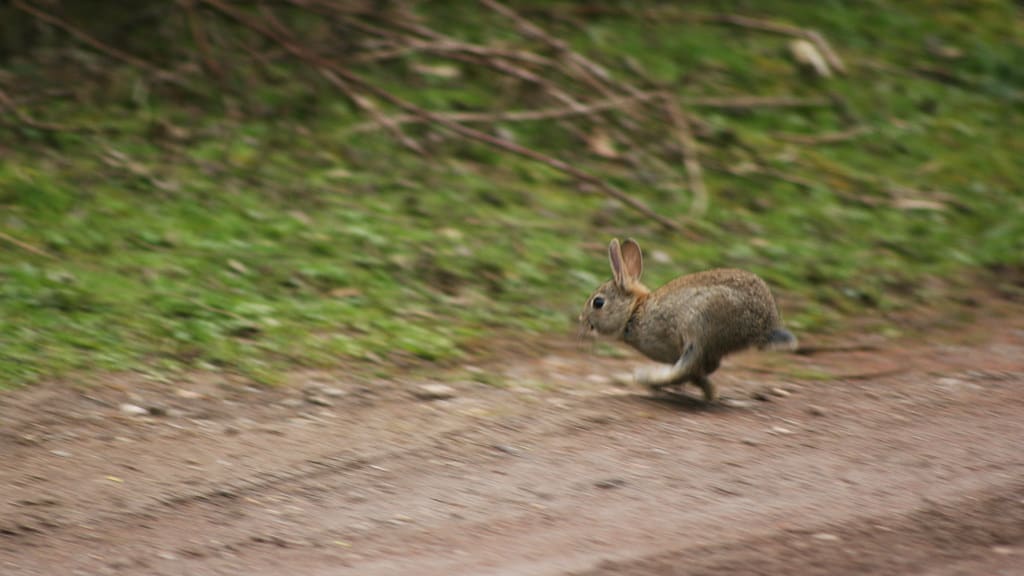
Rabbit’s first instinct when in danger is to run away. Their bodies are literally built to run at top speed for long periods of time.
But certain predators, like foxes, coyotes, and cheetahs, can catch up to rabbits easily. That’s why rabbits also have the ability to change direction quickly while running at full speed.
Rabbits would usually run into small holes where predators wouldn’t be able to follow them.
2. Heightened sense of smell.
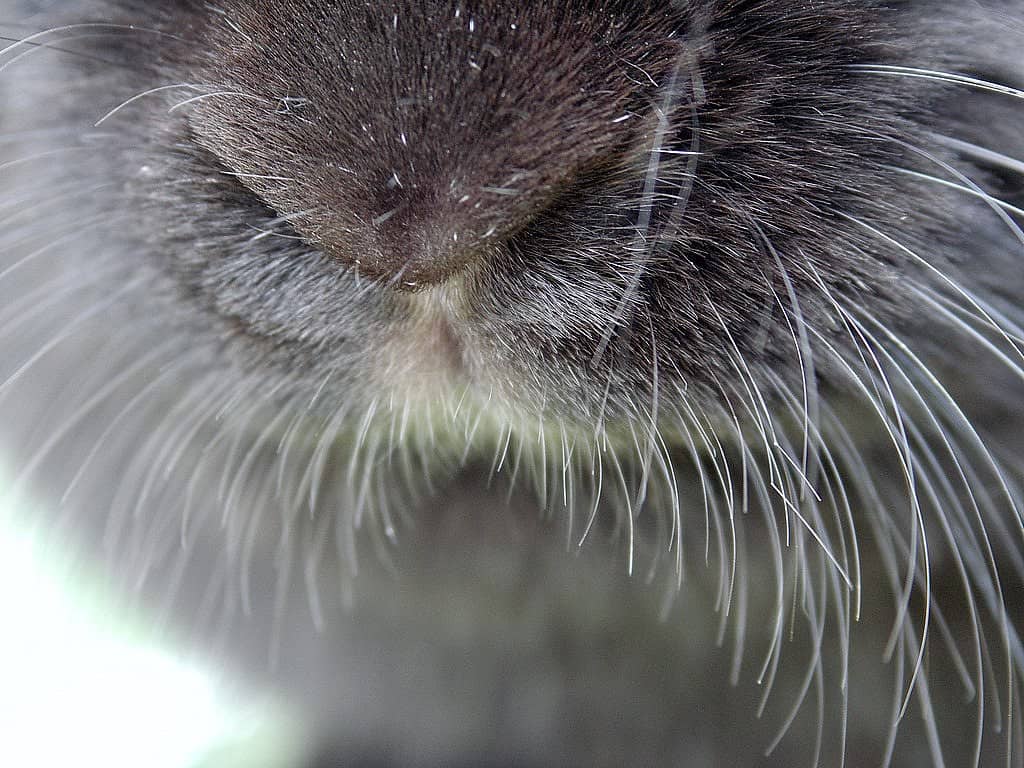
Ever wonder why your rabbit’s nose is always twitching? It’s because they are constantly sniffing out if there are predators nearby.
Rabbits have 100,000,000 scent cells, making them one of the most powerful noses in nature.
Even sleeping rabbits have their noses working at all times.
3. Sharp eyes.
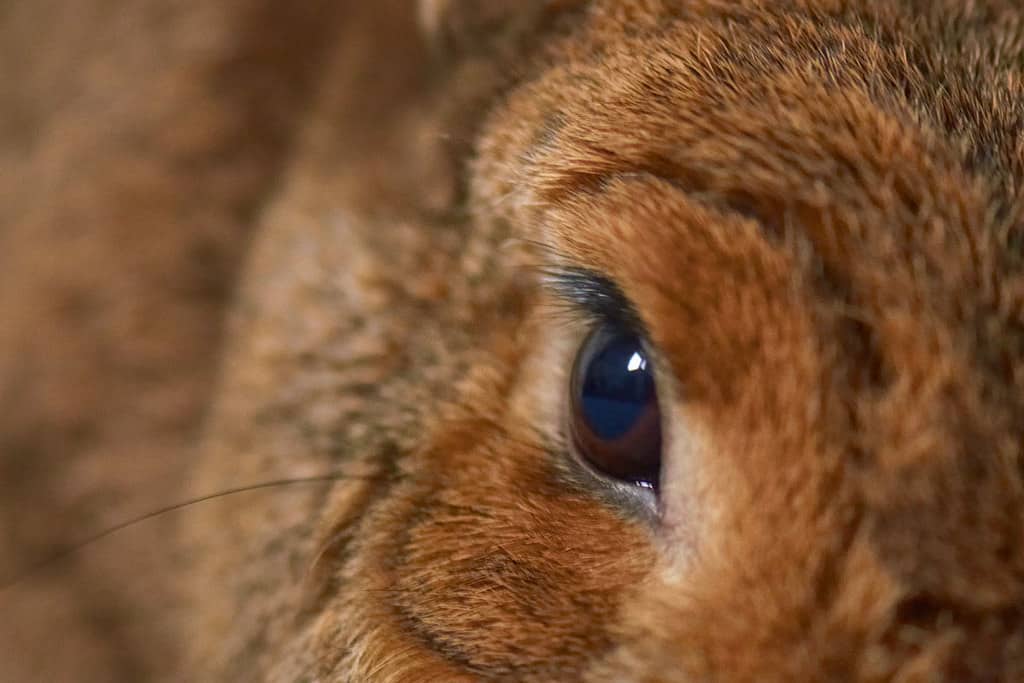
Rabbits, being prey animals, have their eyes on the side of their heads. This evolutionary feature allows them to have a wider peripheral range of vision than other animals.
While their predator counterparts have forward-facing eyes that let them focus on prey just like a binocular would.
Rabbits would then use their advantage of having a larger range of vision by scanning the area while they eat, watching for any sign of movement or danger.
Rabbits even develop third-transparent eyelids that would help them scan the area even while sleeping.
4. Heightened sense of hearing.
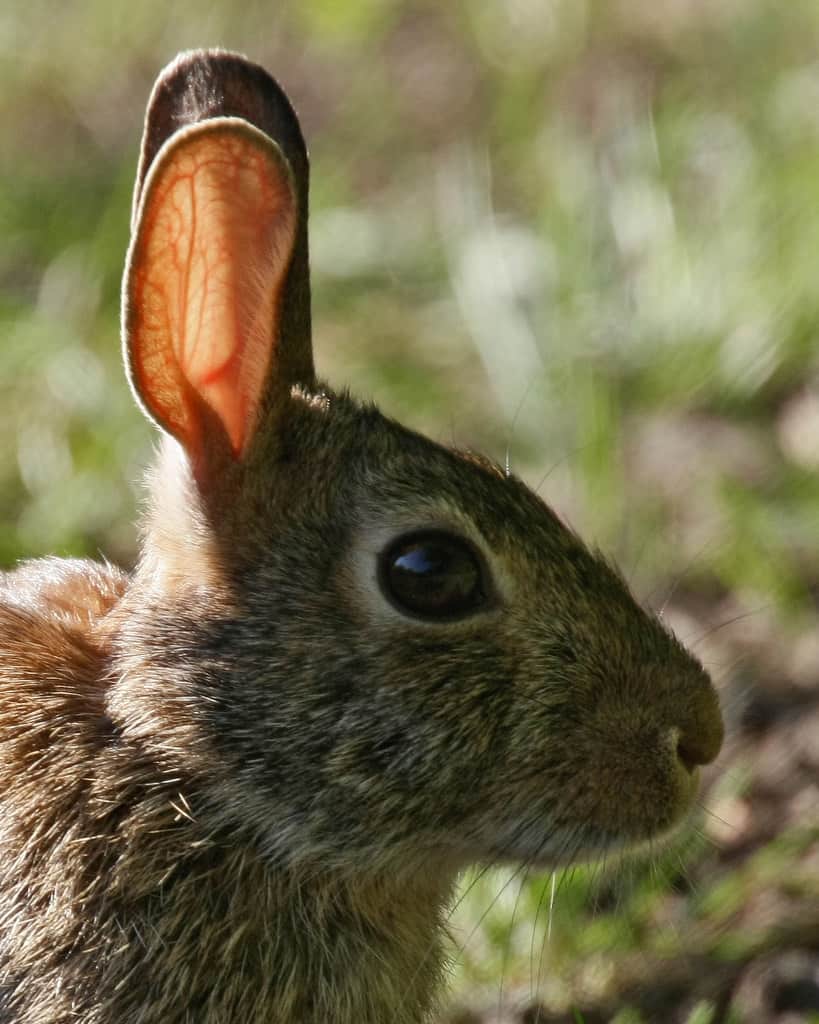
Those big ears aren’t just used to look cute. Rabbits’ hearing is their most important survival tool in the wild. Those large, fluffy ears could hear a predator long before they even spotted the rabbit itself.
Another feature of those ears is their ability to move independently, making it easier to absorb sounds from every direction.
Rabbits’ range of hearing is 360 hertz to 42,000 hertz, compared to a human whose hearing could only go as high as 22,000 hertz at best.
4. Sharp claws.
Now we’re getting into the “I don’t have any choice but to fight” section of the rabbits’ defense against predators.
Rabbits have extremely sharp claws that are designed to dig burrows all day.
While it’s true that wild rabbits often have blunt nails due to all the digging they do, it’s still a very effective defense against predators if they hit the right target, like the eyes or nose.
5. Teeth.
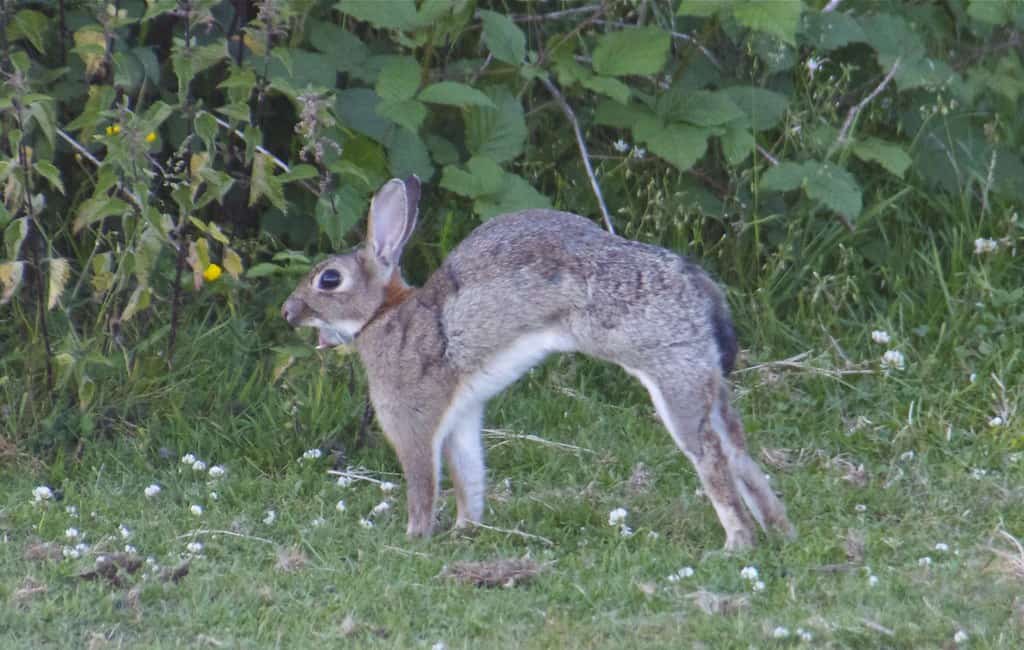
Rabbits would also attempt to bite off any predators that came close to them. Rabbits have sharp teeth and strong jaws that can fend off smaller predators.
Because their teeth are not meant to bite off meat, biting a thick-skinned predator would likely not yield any results. But combined with other defenses like biting and kicking, rabbits still have a chance to break free.
6. Hind legs.
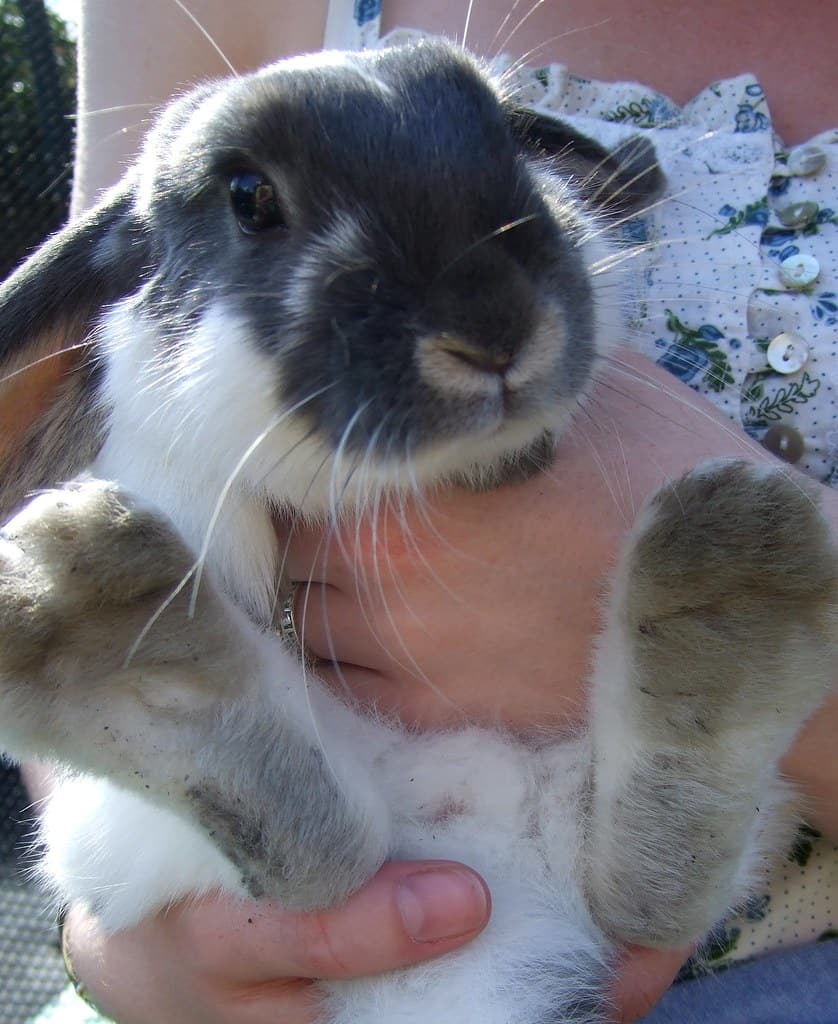
Rabbit’s hind legs are powerful enough against smaller predators. Not to mention those hind legs have sharp claws in them.
It can cause serious damage to predators if they ever get kicked in the right area, like their nose or eyes.
7. Hiding underground.
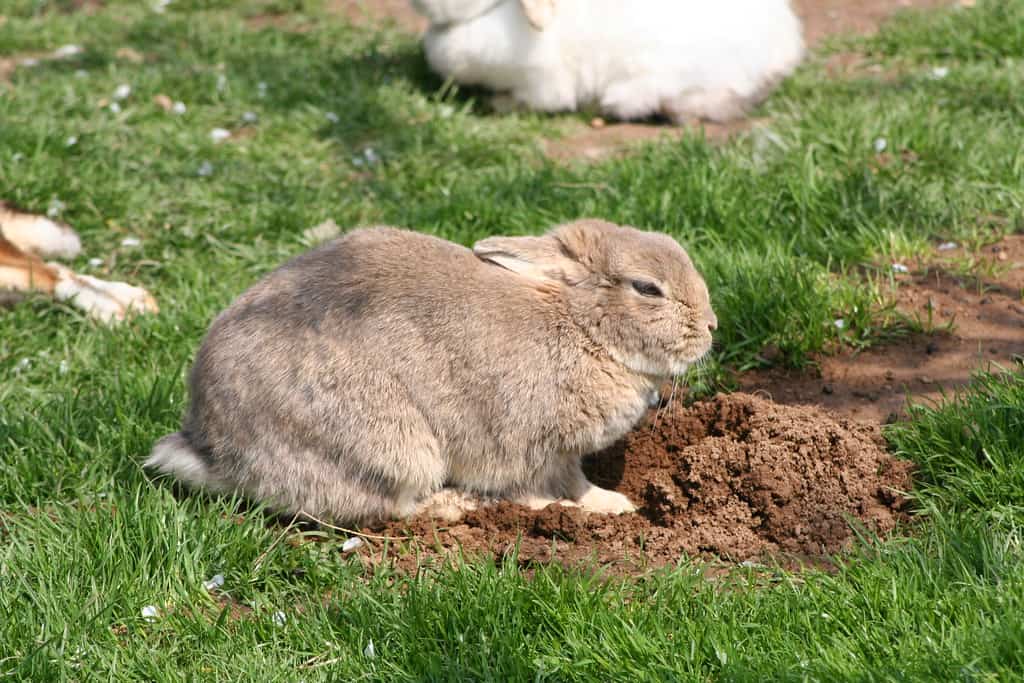
Rabbits would also hide underground as an escape from predators. They also build tunnels to have a place to sleep in without getting killed.
Pregnant rabbits would also build a nest underground to safely deliver their babies.
Conclusion
Rabbits’ first instinct to protect themselves from predators is to run away to safety. They do this by first detecting the danger by using their heightened sense of smell, hearing, and wide range of vision.
But a rabbit backed against a corner, fighting for its survival, would use every tool at its disposal to fight back. Rabbits have powerful hind legs, sharp claws, and teeth that could impend attacks from predators.
But rabbits would mostly avoid the fight by digging and living underground where no predator could get to them.
Cite this article:
Related Articles
- Can Rabbits See Behind Them?
- Why Is Your Rabbit Running Away From You?
- Why Are Rabbits Important To The Ecosystem?
- How To Calm Down A Scared Rabbit?
- Can Rabbits Die From Loud Noises?
- Do Snakes Eat Rabbits?
- Why Do Rabbits Bite?
- Do Cats Attack Rabbits?
- Why Do Rabbits Scream?
- My Rabbit is Scared of Me All Of A Sudden?
Sources and Further reading
- Patry, Karen, et al. The Rabbit-Raising Problem Solver: Your Questions Answered about Housing, Feeding, Behavior, Health Care, Breeding, and Kindling. Storey Publishing, 2014.
- RABBIT
- Small Animal Senses
- Late opening of eyelids in newborn rabbits Consequences
- Rabbit Nails
- How EGGcellent is a bunny’s hearing?




